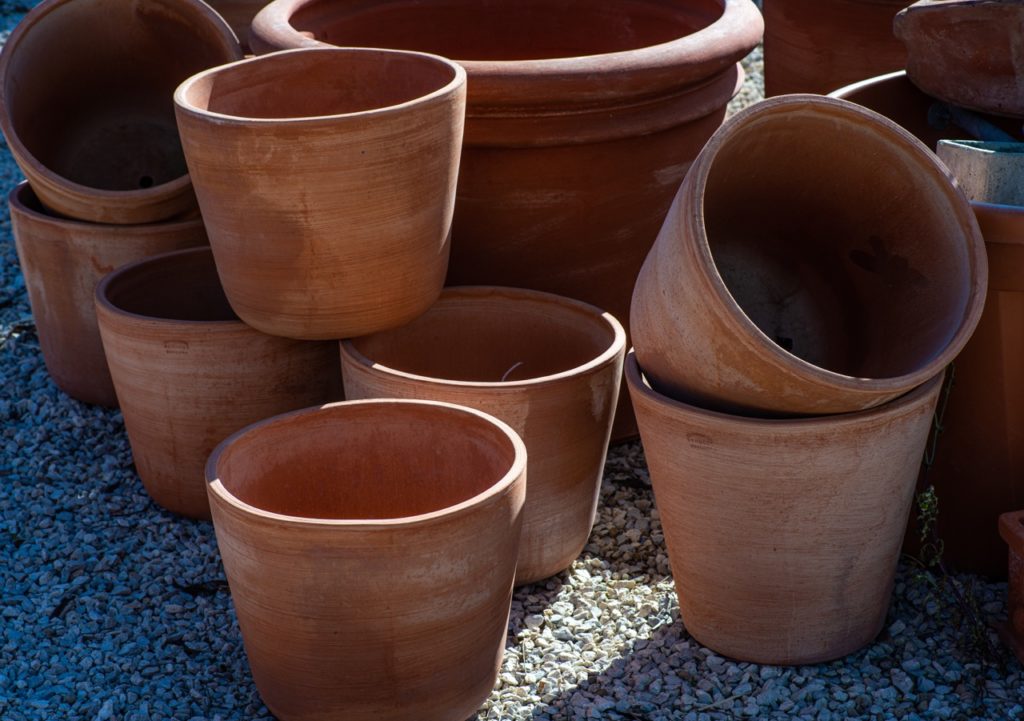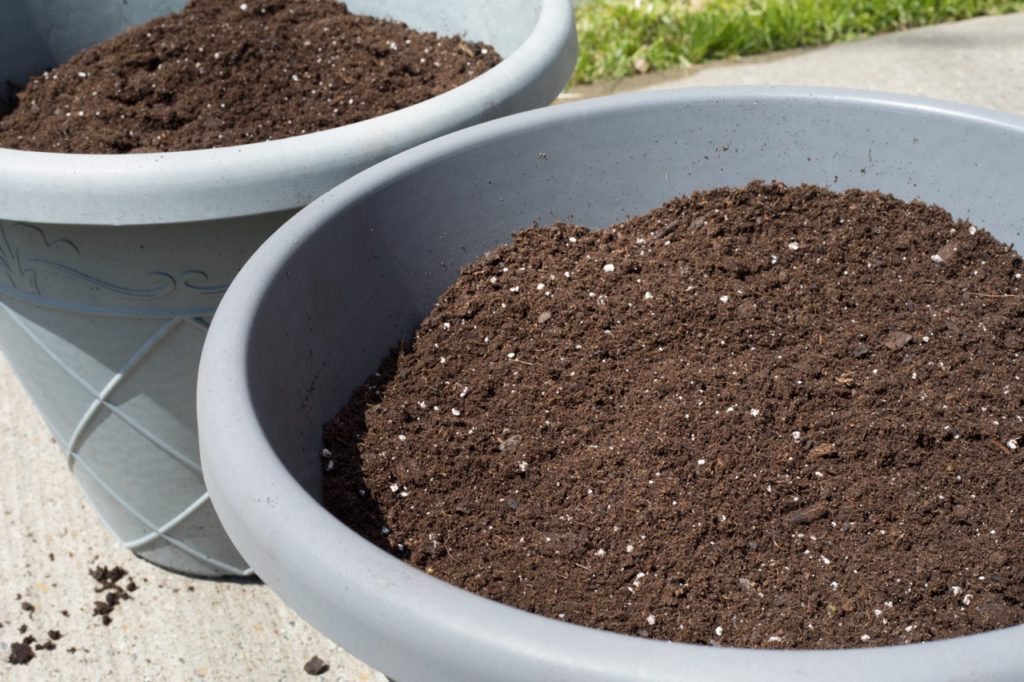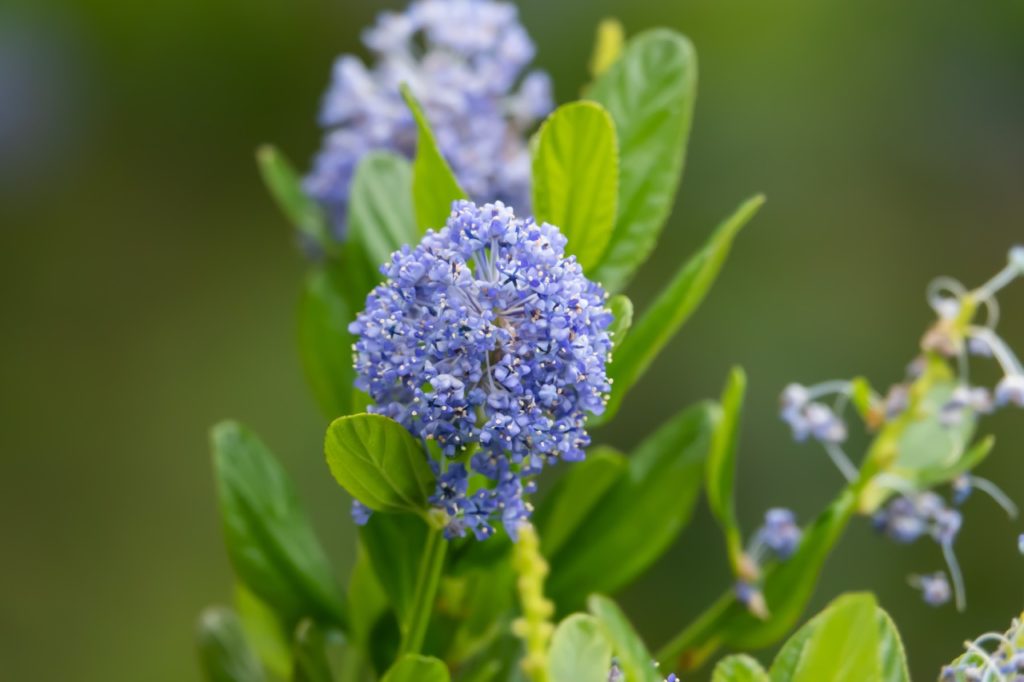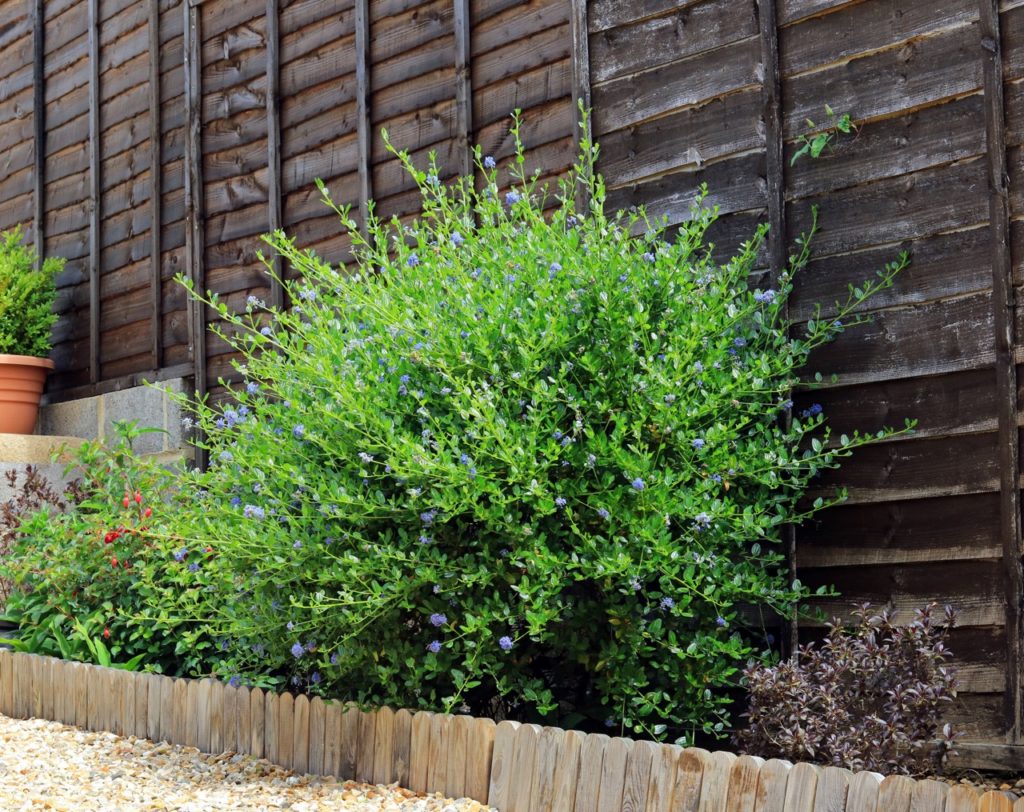Some Ceanothus Forms Work In The Right Sized Containers, But Choose Wisely

SHRUBS > CEANOTHUS > CONTAINERS

Elizabeth is a Permaculture Garden Designer, Sustainability Consultant and Professional Writer, working as an advocate for positive change. She graduated from the University of St. Andrews with an MA in English and Philosophy and obtained a Diploma in Applied Permaculture Design from the Permaculture Association.
Reviewed By PETER LICKORISH

Peter is a Horticulture Lecturer and self-employed Horticulturist, with a passion for diverse areas of the industry - from garden design to the science behind plant growth and propagation. He has completed the Royal Horticultural Society’s Master of Horticulture (MHort) Award and lectures on RHS courses at Bedford College.
IN THIS GUIDE
CEANOTHUS GUIDES
Container Growing
Cuttings Propagation
Discoloured Leaves
Pruning
Varieties
Ceanothus are attractive shrubs that look lovely in many gardens with their (usually) blue flowers.
In the ground, they can look wonderful draped up a wall or in a sunny border.
However, if you only have limited space or have soil which is not particularly well suited to growing these shrubs, such as poorly drained soil, you might be wondering if you can grow ceanothus in pots.
Can You Grow Ceanothus In Pots?
You can indeed grow some ceanothus in pots, as long as the containers are of sufficient size.
However, some varieties will be better suited to container cultivation than others, as Horticulture Lecturer Peter Lickorish shares:
“Ceanothus thyrsiflorus tends to be a more compact species, better suited to container growing.
“Most compost is neutral or lightly acidic in pH, whereas this species, and others of Ceanothus, like alkalinity.
“Consider adding or using spent mushroom compost, if you have any.”
If you would like to grow ceanothus in containers, then it is best to opt for a small and relatively compact option, rather than one of those that grows to a much larger size.
“I find that a Ceanothus can be trained against a wall effectively, so planting in a pot gives you that option, even on a patio,” adds Peter.
Containers For California Lilac
When choosing a container for ceanothus, it is best to choose a pot that is just a little larger than the specimen in question.
If you pot up a ceanothus into a container that is too big, it can increase the chances of the soil becoming waterlogged.

The key thing to remember is that ceanothus shrubs need free-draining conditions, so any container you choose must allow the water to drain away freely and have sufficient drainage holes at the base.
I would also recommend using plant pot feet – small holders placed underneath your container which help to raise them off the ground, thereby promoting better drainage and airflow.
Heavier pots, like those made from terracotta or ceramics, are typically better for these shrubs as they are less likely to blow over with a larger plant inside.
Pot-Growing Compost
Ceanothus need a free-draining growing medium since waterlogged soil can cause major issues for these plants.
However, whilst ceanothus plants are pretty drought tolerant, they do need some moisture when growing in pots.

Therefore, it is important to choose a growing medium that retains some moisture but allows excess moisture to drain away freely.
Choose or make your own peat-free potting mix and amend this with plenty of horticultural grit to improve drainage.
Potting Up Ceanothus
Remember, not all ceanothus will be suited to container growing.
Make sure that the shrub is planted in its new container at the same depth that it was in its previous spot.

Mulch around the top of the container to retain moisture and offer a little extra protection.
How Many Can You Plant Per Pot?
Ceanothus are best placed as individuals in containers where they are the star of the show.
They are beneficial for other nearby plants when placed in the garden, but they can be a little fussy in pots and will definitely need space.
Potted Ceanothus Care
Place container-grown ceanothus in as sunny and sheltered a spot as possible for the summer and note that for some less hardy types or in colder areas, you may need to bring the plant indoors or undercover during the winter months.
Plants growing in pots can be susceptible to winter cold to a greater degree than those in the ground.
Wind scorch and frost damage are common problems when these plants are left in exposed locations.

Since Ceanothus is a fairly drought-tolerant shrub when planted in the ground, some will make the mistake of thinking that they will not need to water frequently when growing in a container.
However, it is important to remember that plants growing in containers will need to be watered more frequently than those growing in the ground.
That said, it is best to encourage deeper roots, even when growing in containers, by watering deeply rather than shallowly and more frequently.
Let the medium dry out between waterings, but make sure that you do water deeply before the medium dries out entirely, especially during hot, dry weather in summer.
Always make sure that excess water can drain away freely to avoid issues that can arise due to waterlogged conditions.

Ceanothus typically won’t need to be fertilised regularly, but topping up with a balanced fertiliser, such as fish, blood and bone in the spring can be advantageous, or a high-potassium fertiliser in late autumn to improve cold tolerance.
However, if you heavily prune a ceanothus, then it is best to encourage it to recover well by feeding it with a balanced organic fertiliser after doing so.
Mulching with homemade compost or other organic mulch around the top of the container can also help maintain fertility.
Keep an eye out for pests like scale insects.
Deadheading is not required for ceanothus, though you can remove spent blooms for neatness if you desire, and pruning will depend on the specific type of ceanothus you are growing.
With the right positioning and care, smaller ceanothus shrubs can be wonderful choices for a container garden.
